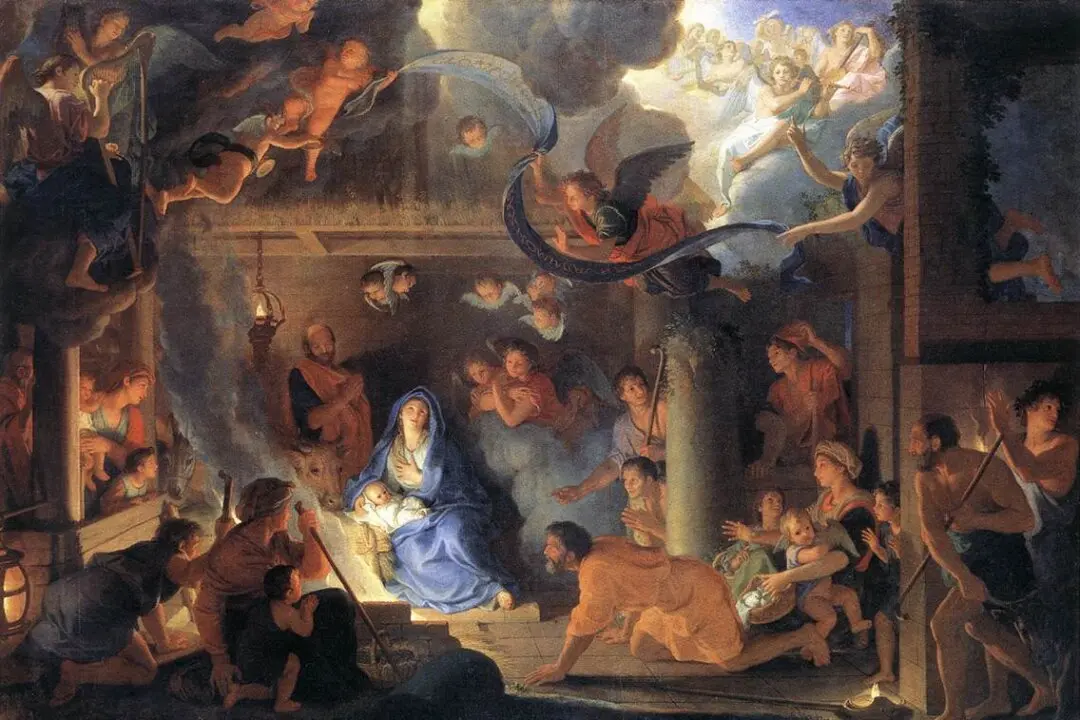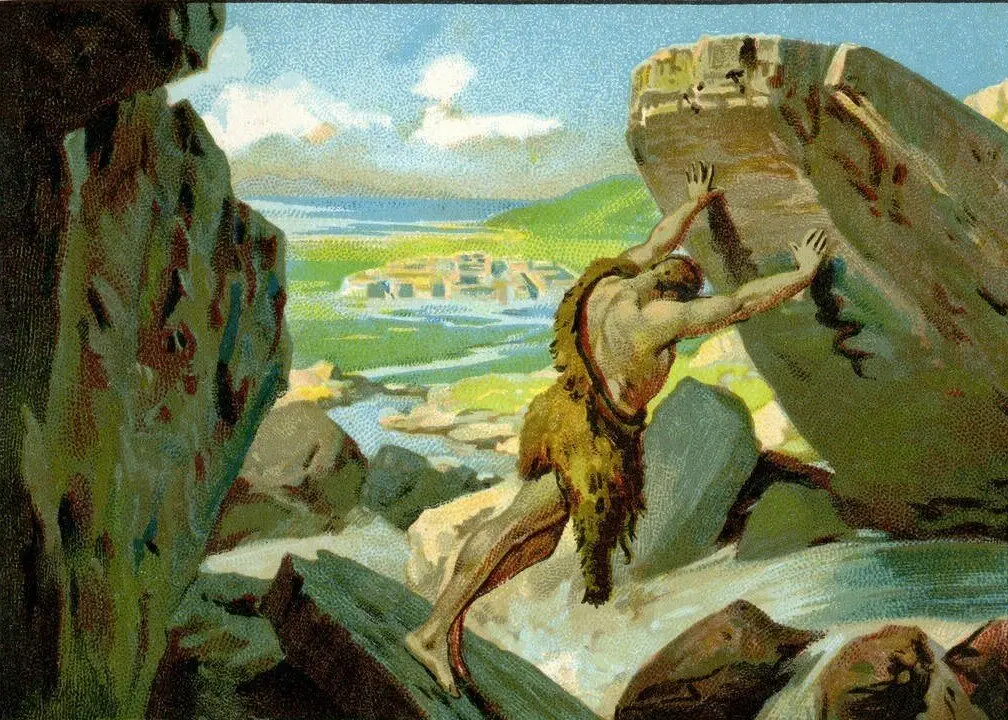One of the most extraordinary and powerful myths of the Greek ancient world is that of Pygmalion.
Unlike the “Midas touch,” “Pandora’s box,” or the “Oedipus complex,” it’s not one of those myth-related names that rolls off the tongue or that we readily know. But there have been many references to it in past and contemporary Western culture. George Bernard Shaw made a great play out of the story (though subverting the ending) in 1913; and this became the basis for the musical adaptation, “My Fair Lady”; and this, in its turn, became a sort of model for “Pretty Woman” in 1990.






